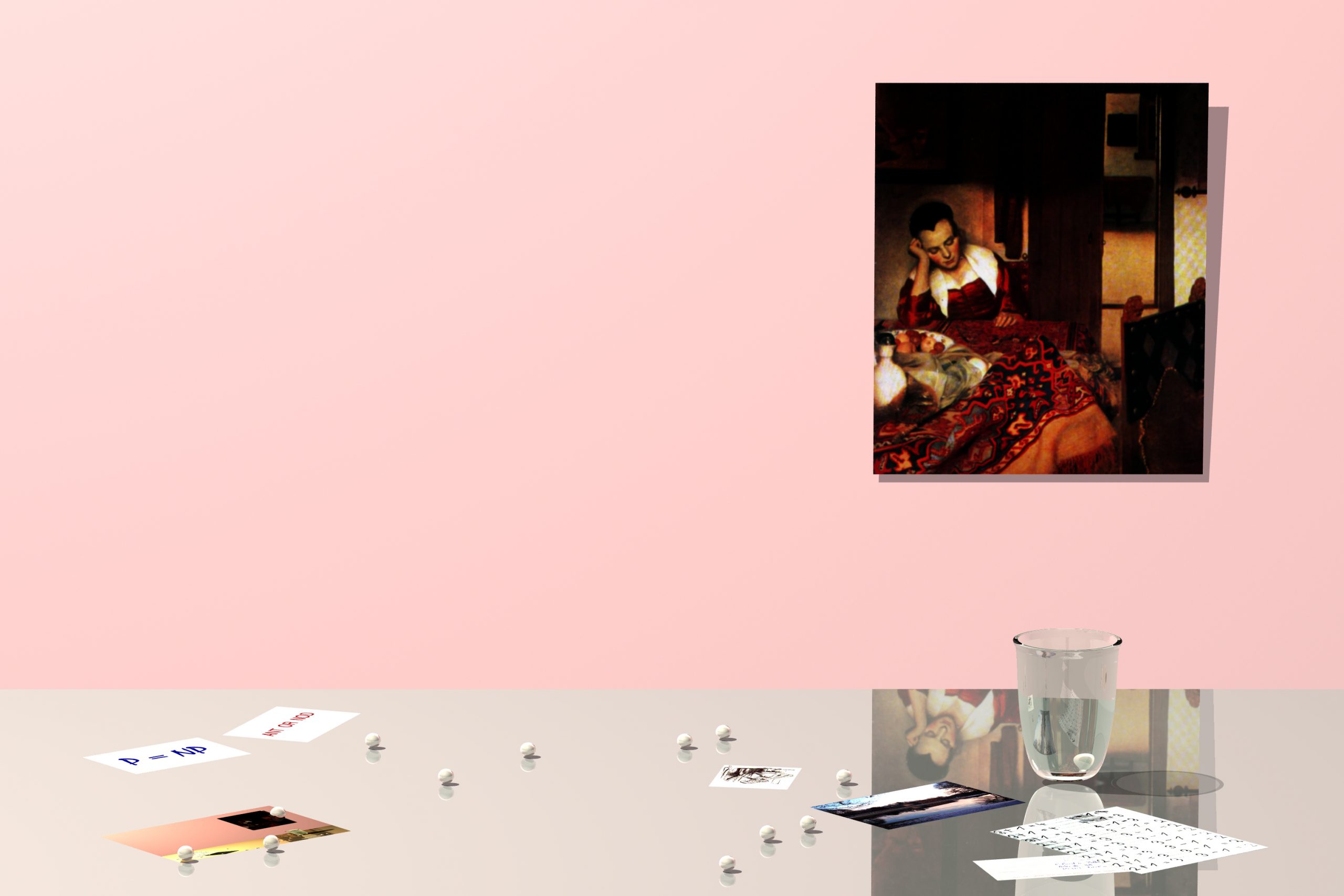the one and the many deals with a section of the theoretical history of mathematics: number theory, logic, set theory and axiomatics from George Boole to contemporary theorists. These areas are the foundation of science and play a key role in the theory of science.
The conventional representation of knowledge content in the “hard” sciences is essentially reduced to the transportation of data and (preliminary) facts. The generative effect of knowledge production is left out and thus the understanding of the development and advancement of theories remains rudimentary. Especially textbooks for theoretical mathematics are characterized by a complete lack of contextuality to biographical, cultural and political events and interdisciplinary connections, so that the relations between the presented formulas and their environment do not appear.
This knowledge representation results in the impression of mathematics as an isolated, hermetic, static, and irrefutable entity that floats unrelatedly in a vacuum. This fallacy ensures that fascinating, problematic aspects and unsolved questions, which should stimulate further development, do not appear at all. In addition, this kind of representation leads to idealization and mythologization, which stand in the way of an innovative and productive approach.
In connection with “the one and the many”, a series of works dedicated to Kurt Gödel was created: a table situation with a water glass, notes by K. Gödel: arithmetic problems of the 6-year-old, the envelope of a mathematician, Alice in Wonderland, a photo of Princeton, “3 pm” as a postcard, the formula NP=P, “ANT OR NOD” on the wall a painting (Vermeer’s maid asleep at the table) and, depending on the time of day, a number of beads scattered on the table surface.
The time model with its 24-hour rhythm, which names the hours that have passed and is thus negatively oriented, is tentatively reversed: the number of beads on the table decreases hourly and proposes a positive time model: what is counted is what remains and not what has passed. According to the time of day, the light and color values of the simulations change. In total, 23 simulations have been created (the exception is the hour 24 and at the same time 0, midnight, at which in a mysterious way the time model changes every night into the new day.
Images
